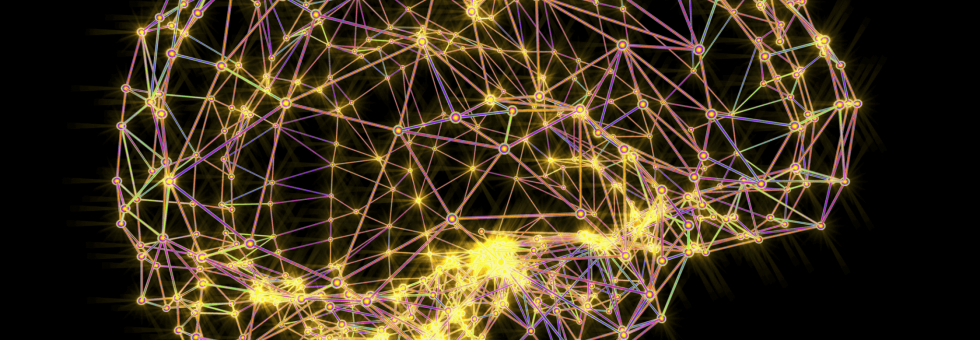What Are Neural Networks, and How Do They Work?
Neural networks are a foundational concept in artificial intelligence and machine learning, inspired by the structure and function of the human brain. They consist of layers of interconnected nodes (neurons) that process and learn from data.
Key Components of Neural Networks:
- Input Layer: Receives the input features (e.g., pixel values of an image).
- Hidden Layers: Perform computations and extract patterns. Each neuron in a hidden layer applies a weighted sum of inputs followed by an activation function.
- Output Layer: Provides the final prediction (e.g., class probabilities).
- Activation Functions: Introduce non-linearity, allowing the network to learn complex patterns. Examples include ReLU (Rectified Linear Unit) and softmax.
How Neural Networks Learn:
Neural networks learn by adjusting weights and biases through a process called backpropagation, which minimizes the error (loss) using optimization algorithms like gradient descent.
Building a Neural Network Using TensorFlow and Keras
TensorFlow and Keras simplify the process of creating and training neural networks. Let’s build a simple neural network step by step.
Example: Classifying Handwritten Digits (MNIST Dataset)
Problem
We aim to classify images of handwritten digits (0-9) from the MNIST dataset using a neural network.
Code Snippet
import tensorflow as tf
from tensorflow.keras import layers
# Load the MNIST dataset
(X_train, y_train), (X_test, y_test) = tf.keras.datasets.mnist.load_data()
# Normalize the data to scale pixel values to the range [0, 1]
X_train = X_train / 255.0
X_test = X_test / 255.0
# Flatten the 28x28 images into 1D vectors of size 784
X_train = X_train.reshape(-1, 28*28)
X_test = X_test.reshape(-1, 28*28)
# Build the neural network model
model = tf.keras.Sequential([
layers.Dense(128, activation='relu'), # Hidden layer with 128 neurons
layers.Dense(10, activation='softmax') # Output layer with 10 neurons (one for each digit)
])
# Compile the model
model.compile(optimizer='adam',
loss='sparse_categorical_crossentropy',
metrics=['accuracy'])
# Train the model
model.fit(X_train, y_train, epochs=5)
# Evaluate the model
loss, accuracy = model.evaluate(X_test, y_test)
print(f"Test Accuracy: {accuracy:.2f}")
Explanation
- Dataset:
- MNIST contains 70,000 images of handwritten digits (28×28 pixels).
- The data is split into training and testing sets.
- Normalization:
- Pixel values (0-255) are scaled to [0, 1] for faster and more stable training.
- Model Architecture:
- Input Layer: Accepts the flattened image (784 features).
- Hidden Layer: A dense layer with 128 neurons and ReLU activation.
- Output Layer: A dense layer with 10 neurons and softmax activation (to output probabilities).
- Compilation:
- Optimizer: Adam, an adaptive learning rate optimizer.
- Loss Function: Sparse categorical crossentropy for multi-class classification.
- Metrics: Accuracy to evaluate performance.
- Training:
- The model is trained for 5 epochs on the training data.
- Evaluation:
- The trained model is evaluated on the test data to measure its accuracy.
Fun Fact: Neural Networks Can Recognize Images Better Than Humans
Modern neural networks, like convolutional neural networks (CNNs), can outperform humans in specific image recognition tasks, such as diagnosing diseases from medical images.
Conclusion
Neural networks are powerful tools for solving complex problems like image classification. Using TensorFlow and Keras, building and training a neural network becomes an accessible and enjoyable process for beginners. This example provides a strong foundation for exploring advanced topics like convolutional and recurrent neural networks.
Are you eager to dive into the world of Artificial Intelligence? Start your journey by experimenting with popular AI tools available on www.labasservice.com labs. Whether you’re a beginner looking to learn or an organization seeking to harness the power of AI, our platform provides the resources you need to explore and innovate. If you’re interested in tailored AI solutions for your business, our team is here to help. Reach out to us at [email protected], and let’s collaborate to transform your ideas into impactful AI-driven solutions.





